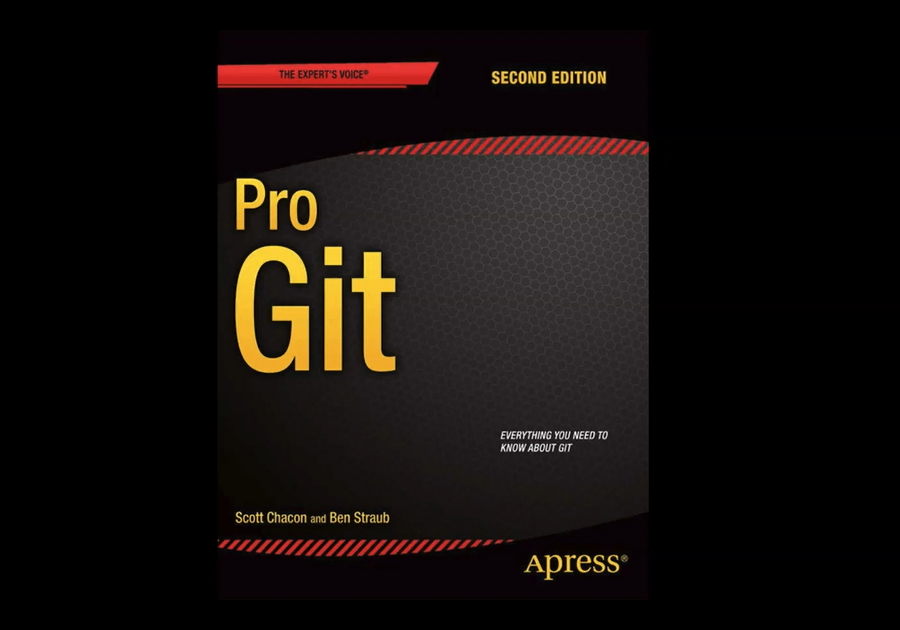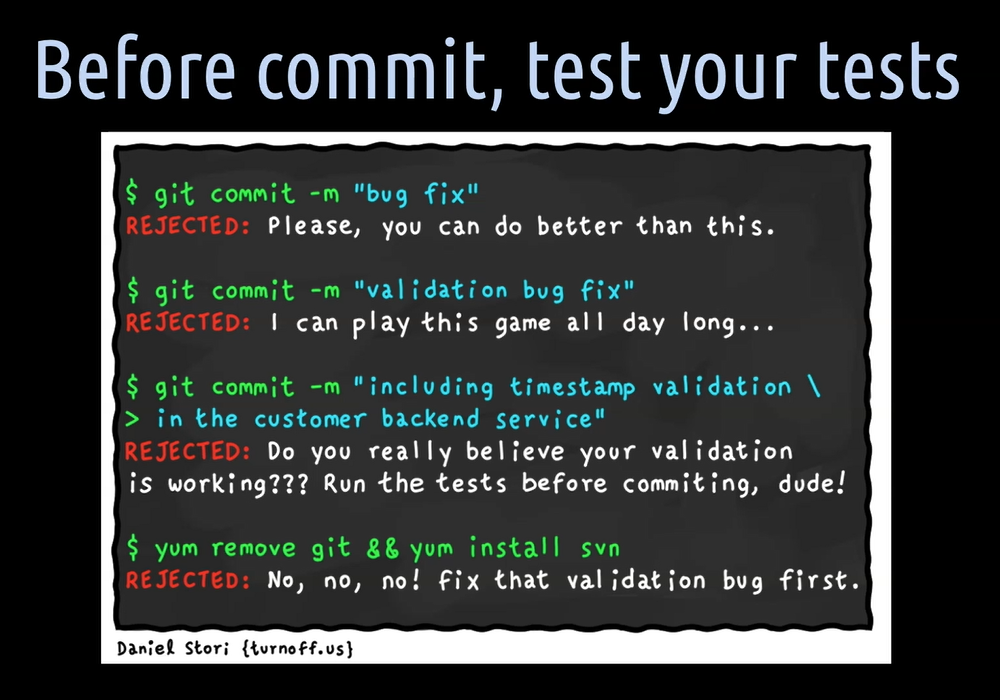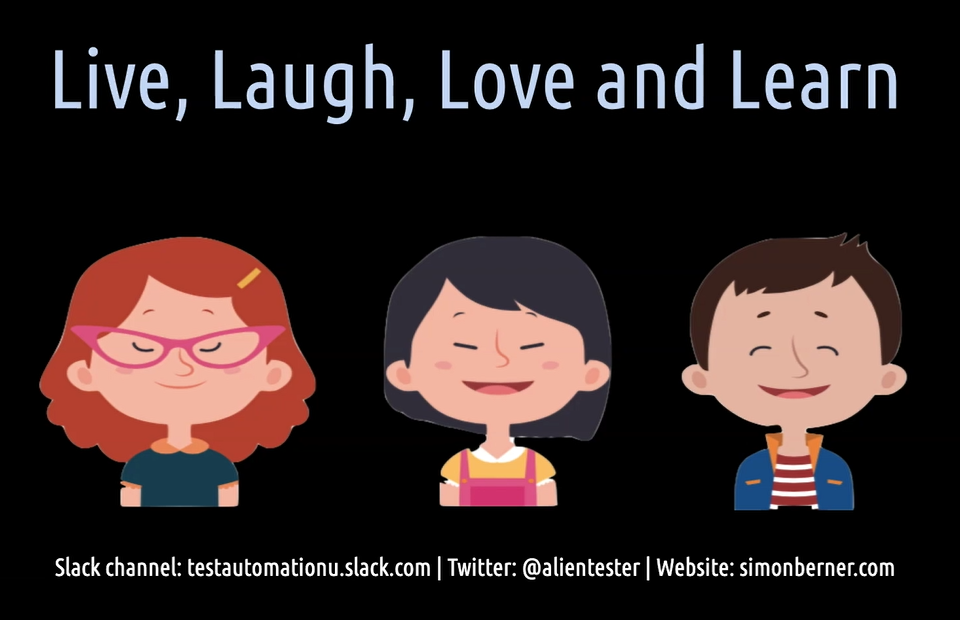
Transcripted Summary
Hello and welcome to the final chapter.
In the past chapters you have properly seen and learned quite a bit I guess, but there is still so much more to learn about Git and its surroundings. There's an endless amount of learning resources out in the web. So, if you are keen to explore more on Git, I have now some further learning resources ready for you.
The first learning resource I have for you is this book called Pro Git.

The current latest version of it is the second edition from 2014. It is available as free online PDF or as paper printed version which can be ordered from Amazon.
If you want to go deep with Git, this is the right resource for you; this book knows everything.
The second resource I have for you is a collection of interesting links on Git.
You can find it on my website, simonberner.com/Git. Go check them out and feel free to ping me, if you have any other links you want to share that I don't have on this list.
Finally, I also do some hands-on Git workshops and tutorials at conferences where you additionally can learn how to set up and configure your very own Git remote repository manager.
So, if you have the opportunity to join me and say hello in one of my future workshops, tutorials, I would be very happy. I am working since around 2 years with Git and I just love it.
# Closing Tips
Here are my final tips for you when working with Git as a version control system in your project.
Commit often. Small commits with specific content to solve a problem are much more reproducible than big commits.
Don't commit unfinished tests. Make them work, and then commit them. With a proper working commit, others can pull it down and take it from there in case you are away.
Before creating a commit, test your tests.

It can be quite embarrassing when you have to fix your tests short after you have committed and pushed them.
Commit messages are the documentation of your work. So please write clear commit messages as you have learned in this course. Others will thank you for it.
Agree on a workflow. As a team define your way, your workflow, how you want to collaborate together on a project. Agree on a Git branching strategy you want to use and how you want to do code reviews.
It might be that you have to adapt your strategy from time to time as nothing is carved into stone here. If you don't define anything, you might end up like this here.

This is the Git history of a project where it was already too late to make the past up again.
As I arrived at this project, I was completely shocked by the fact that no one cared about having a clean, lean commit history. It is such a huge mess that one has almost no chance to get a clear overview of what actually has happened in the past.

Congratulations, you made it!
You have reached the end of this course. I hope you have enjoyed the ride.
Again, if you have further questions, feedback, suggestions for improvement of this course, or just want to say hello, you can do so by contacting me, either in the Slack channel of Test Automation University on Twitter, or via my website where you will find further contact details.
And now, have fun out there with Git. Stay happy, live, laugh, love and learn.
Thank you and goodbye.
